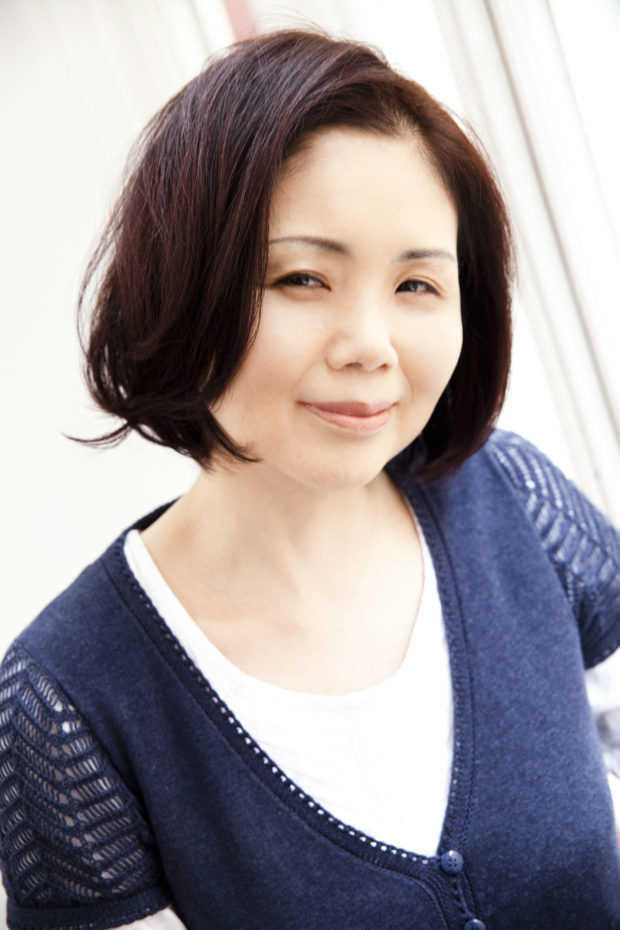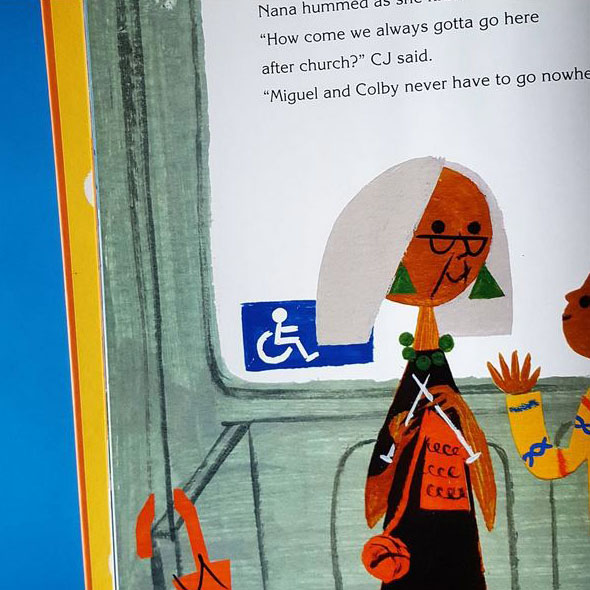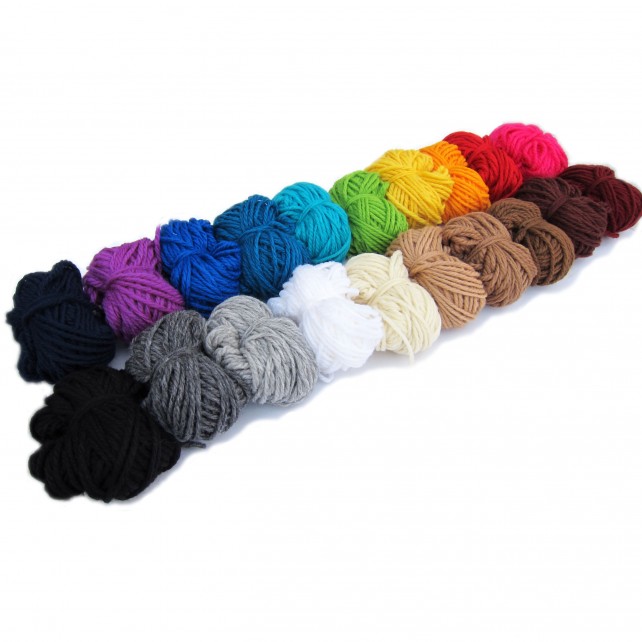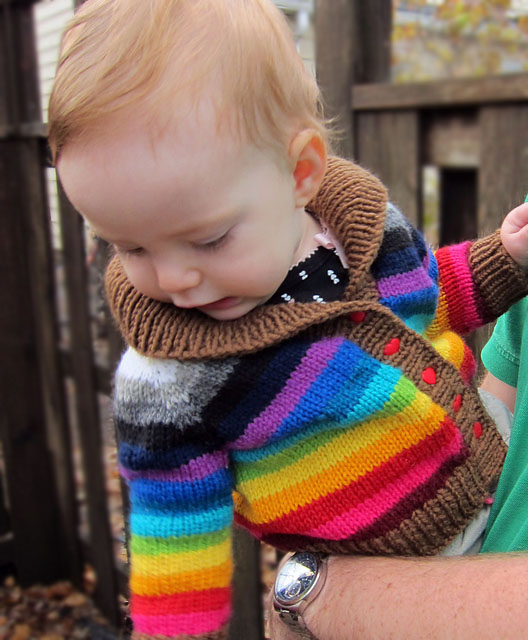
Socks are one of my very favorite things to knit. They’re almost instant gratification. I can make a pair of socks in a weekend if I have enough Star Trek, X-Files, or Secret Lives of Mormon Wives to watch.
(One of those things is not like the other.)
When one of my knitting friends showed me the Colorwork Cuff Club pattern by Summer Lee, I knew what my next project was going to be.
Like the title suggests, this is a sock club. You buy the base pattern once, and you get a new colorwork cuff every month. (You also get all the previous month’s patterns when you buy the base pattern.) The cuff changes, but the foot pattern is the same every time, which makes these socks knit up super quick.
I’m not planning to knit the cuffs in order, but I did happen to start that way. The first cuff pattern released was also the first one I knit—August.

This pattern was so nice, I made it twice. One set, the blue, is for my mother. The other set is for me.

For the blue socks, I used Fiona Kay’s Stampede Sock in the color Nevermore as the main color. She doesn’t seem to be running her Poe collection anymore, but she always has new stuff on her website and her Instagram. I was also able to find her yarns at Northwest Wools.
For the accent color I used a mini skein from Lamb Good Fibers. It was part of a whole set of minis, so I have no idea what the color name was.

For the purple socks, I used Knitted Wit Sock in the color Galaxy Flower. This was part of Knitted Wit’s Herstory collection, which are monthly colors each representing and highlighting a famous woman. Once they’re gone, they’re gone for good, so you may have a hard time finding this exact color.
I really like Knitted Wit’s yarn for socks. They’re durable, soft, and are perfect for colorwork.
For the accent color I used a Teal Torch Knits mini in the color Neon Melon. I love neons, and I think this was the perfect accent color to go with the dark purple.
I had a blast making these socks, and I’m already working on my next pair from the Colorwork Cuff Club—this time September.
(I swear I’m not doing them in order.)
For those who like to track their knitting in Ravelry, here’s my post about this project.
Best,
Jo
































 I’ll show you!
I’ll show you!













